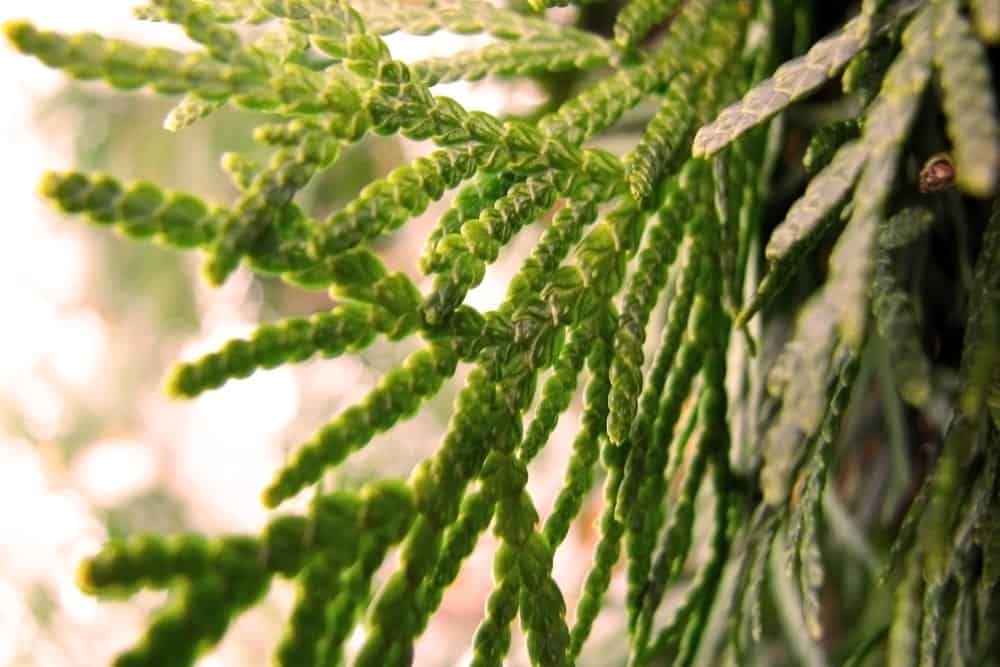If you would like to grow plants in your yard or garden, arborvitae trees are such a perfect choice. These evergreen conifers live for hundred years and require minimal maintenance. There are different types of arborvitae trees to try.
Lush arborvitaes serve as the ideal living walls. They give you a sense of privacy. Moreover, they have other uses. Even, the fallen arborvitaes can be made into wood products. No doubt, they are called trees of life.
Structure of Arborvitae Trees
These plants can grow up to 10 to 200 feet. The dwarf arborvitaes are normally less than 3 feet tall since they grow slower. Generally, arborvitaes come in various shapes such as rounded, pyramidal, pendulous, conical, and mounded.
Typically, arborvitaes feature flat shoots and red bark with a stringy texture. The leaves of mature arborvitaes resemble the scales, while the young ones comprise needle-like leaves.
Every arborvitae tree has male and female cones. The mall cones tend to be small, growing at the ends of twig. Meanwhile, female cones boast rubbery scales and produce 1-2 small seeds as well as thin diagonal wings.
The Role of Arborvitae Trees in Ecology
Some larvae like juniper pug and autumnal moth feast on species of arborvitae trees. Deer also love eating arborvitae leaves. They graze on the foliage from the bottom of the tree. This can affect the growth of young arborvitaes.
Varieties of Arborvitaes Trees
1. Globe Arborvitae
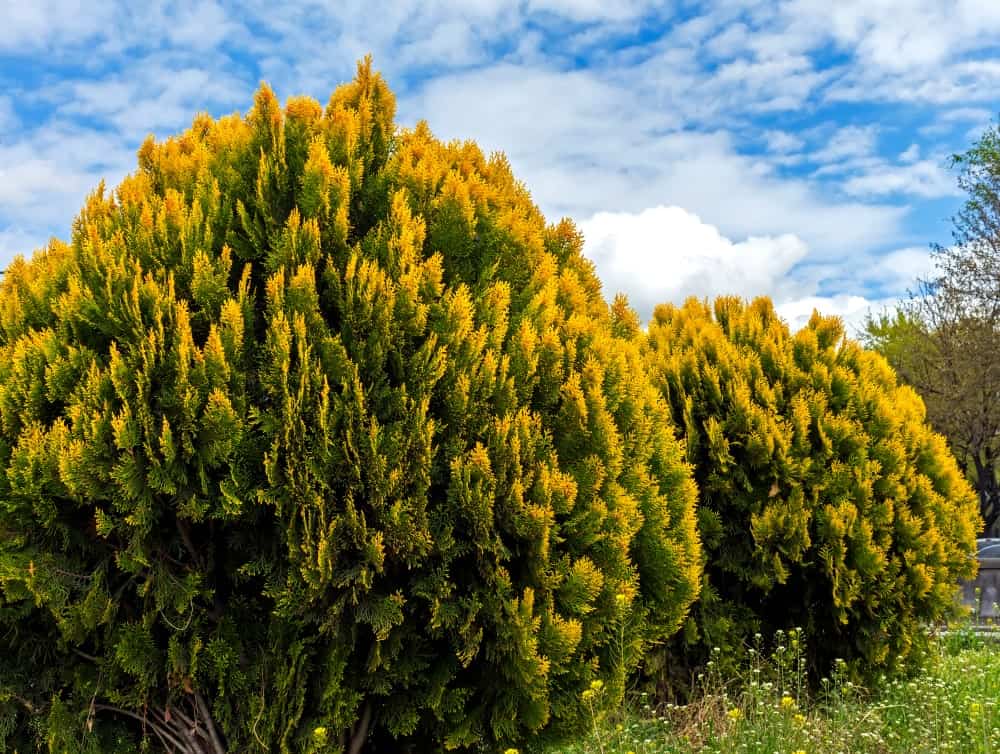
Like the name sounds, this type of arborvitae has a globular shape. Amazingly, it does not need any outside pruning. It grows up to 5 feet tall and 3-4 feet wide at maturity.
Not only does it work as a garden decoration, but it also protects small plants from wind. Mix it with other shrubs to create a gorgeous contrast. It can adapt to extreme weather conditions. Moreover, it enjoys full sun.
Some people plant globe arborvitaes in pots, making them easy to move. This keeps the foliage from turning brown too.
2. American Arborvitae
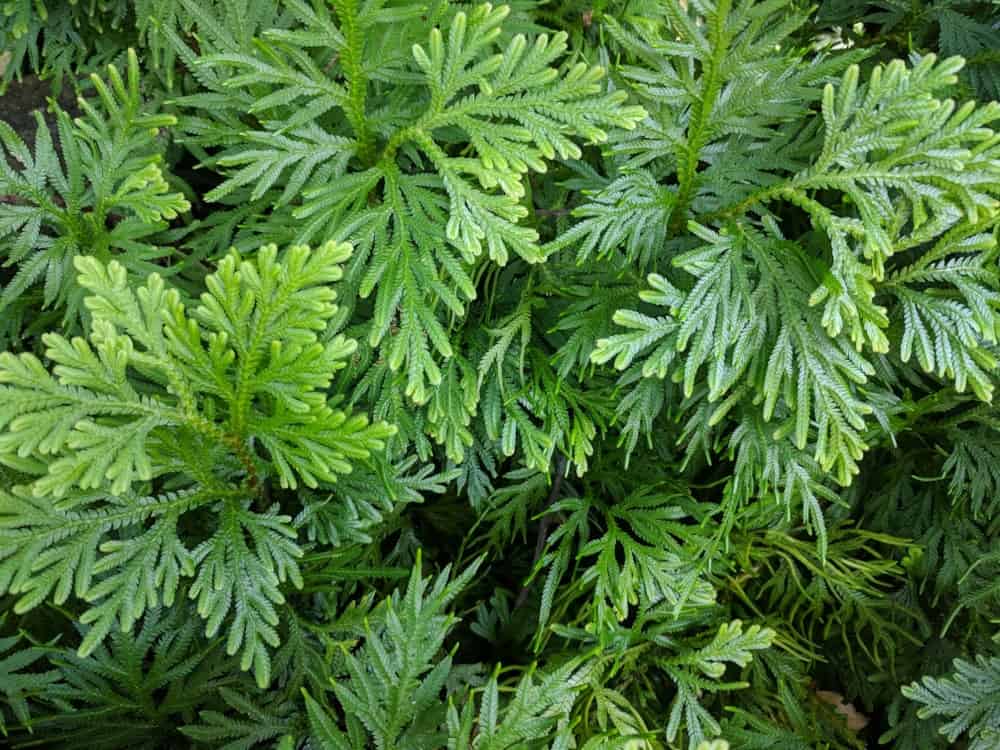
American Arborvitae is likely the most popular Thuja variety. As the name suggests, this plant comes from Minnesota, USA. It can reach a height of 25-40 feet and a width of 10-15 feet. Moreover, it grows optimally in a moist environment.
Moreover, the American Arborvitae tree offers your home privacy. Besides, it protects the living quarters from wildfires, thanks to their wind-blocking properties.
The foliage at the top of American Arborvitae is bright green. Those leaves fade as they move toward the tree bottom. They can turn into yellowish shade due to harsh weather conditions.
3. Emerald Green Arborvitae
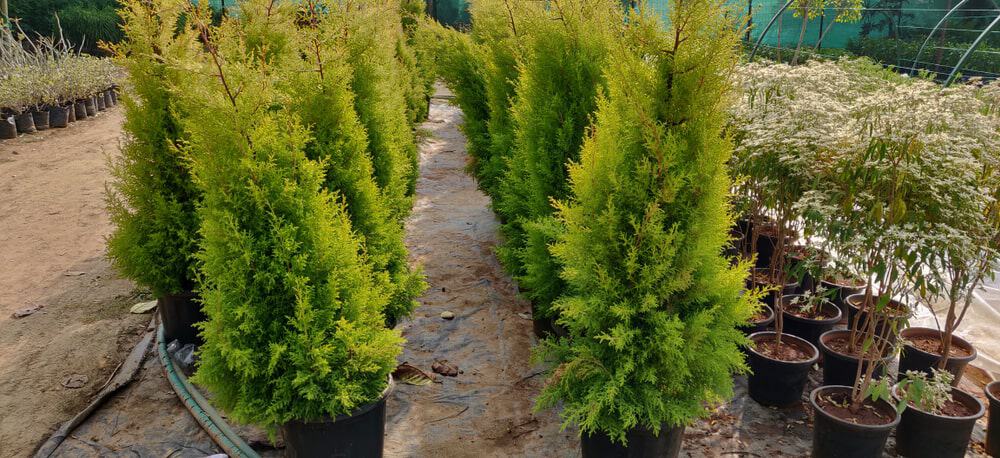
This plant is also popularly known as white cedar or Smaragd Arborvitae. When it matures, it has a dark green color. Many people grow it as a living screen. It is normally 10 feet in width and 30 feet in height.
Since the Emerald green arborvitae naturally comes in a pyramidal shape, no pruning is needed. It can maintain its glossy green foliage throughout the year as well.
Although the tree is hardy, it thrives best in the swampy area. In the winter, you can see its yellow tinge.
4. Techny Arborvitae
Probably, it is the best type of arborvitae tree to grow around your property. In 2–3 years, the plant will transform into an evergreen pyramid. Once it is mature, it offers shade and privacy at once.
It reaches about 20 feet in height and 6 feet in width. Wonderfully, it survives the cold and harsh winter.
5. False Arborvitae
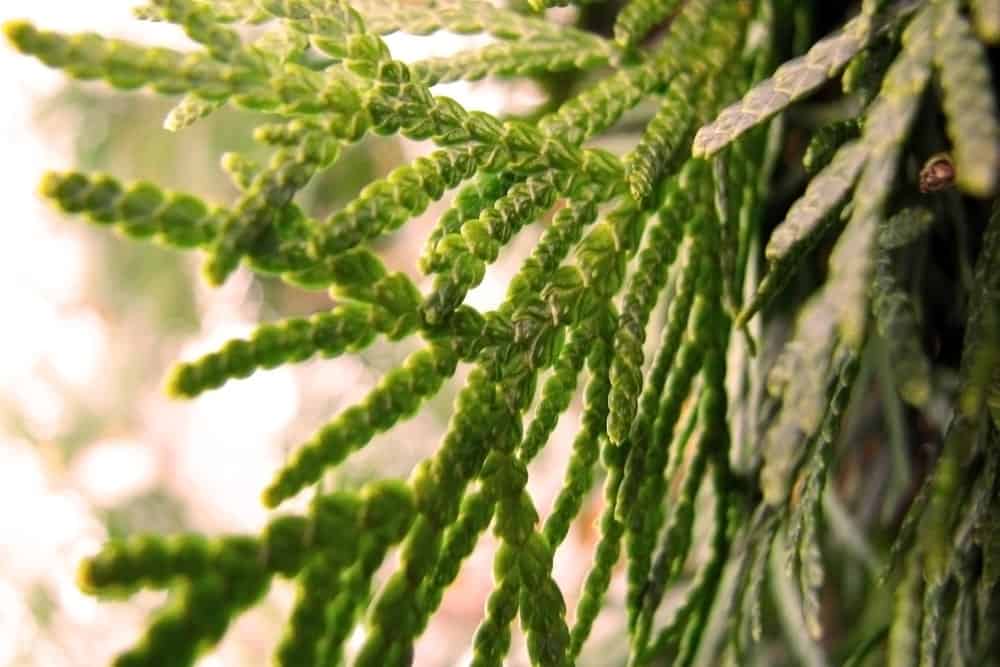
Thujopsis dolabrata is commonly known as false or Hiba arborvitae. This dense and evergreen conifer hails from central Japan. It comprises emerald green foliage with a silvery-white underside.
Mature false arborvitae can be as tall as 115 feet. Its wood is soft and yellowish-white. It thrives well in moist areas. For decorative usage, choose the dwarf varieties.
Species
Here are five species in the Thuja genus that survive.
6. Thuja Occidentalis L.
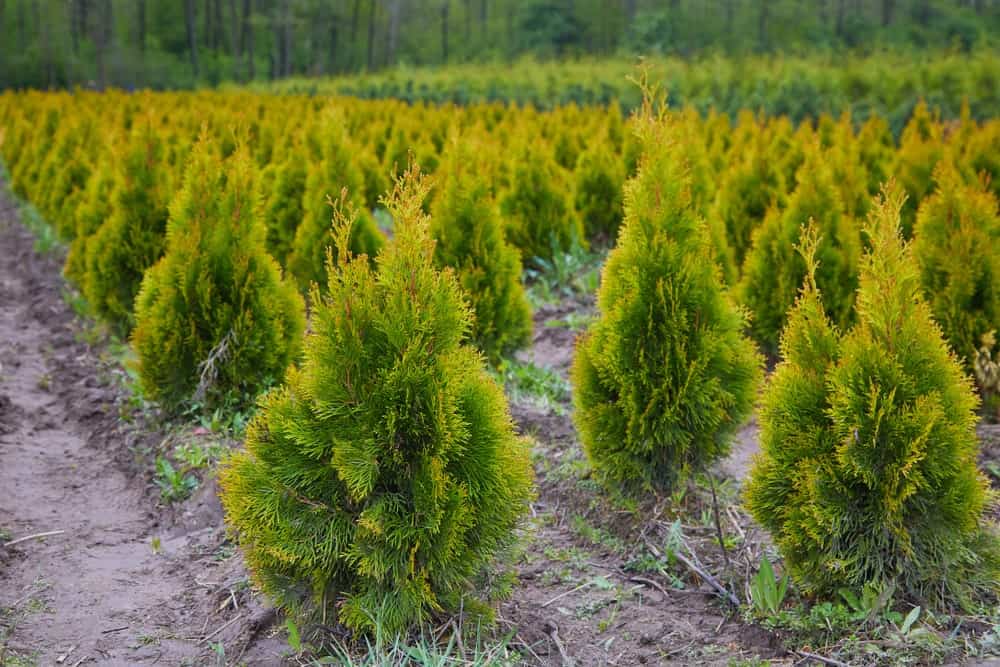
Also called northern white cedar or eastern arborvitae, this species is primarily found in the Eastern United States in the Appalachian region and near Great Lakes as well as Eastern Canada in Nova Scotia and Manitoba.
It develops well in humid areas and rich swamps. That is why it does not survive in very wet or dry climate.
7. Thuja Koraiensis Nakai
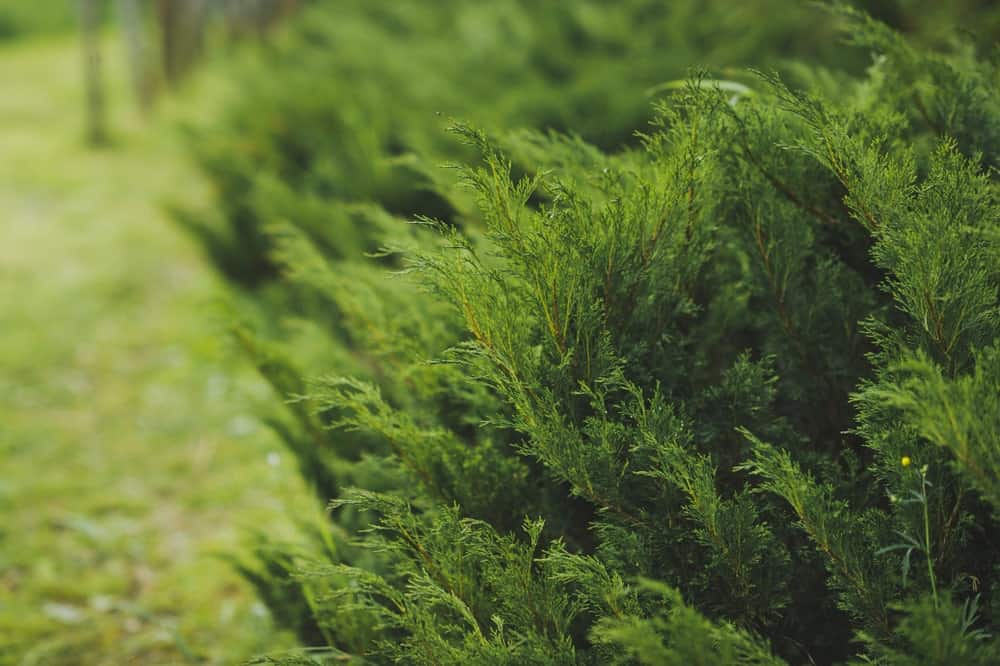
This arborvitae is a coniferous species of shrub native to Korea and Jilin (China). When it is mature, its maximum height is 33 feet. The bark of Korean Arborvitae ranges from reddish-brown to grayish-brown.
8. Thuja Sutchuenensis
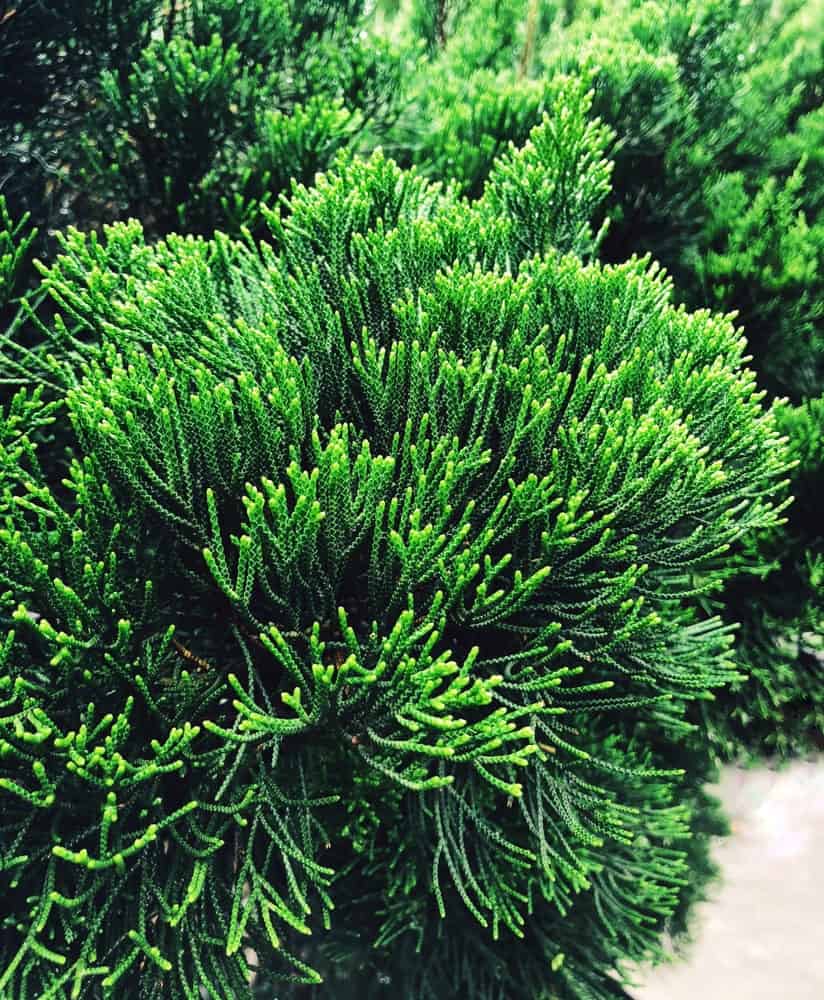
This evergreen shrub originates from Sichuan and Chongqing (China). It can attain a maximum height of 20 meters. Currently, it is classified as an endangered species.
9. Thuja Standishii
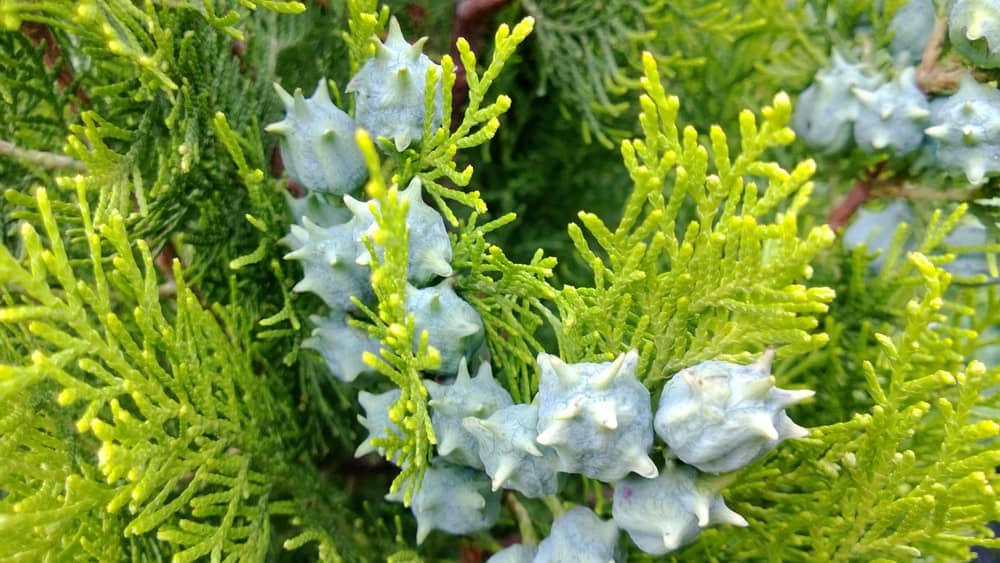
This green giant arborvitae is native to Japan regions (Shikoku and Honshu). It grows into a pyramid shape. The mature height of the Japanese thuja is 50-60 feet.
Moreover, it is not just adaptable, but also hardy. Its foliage remains glossy green all year round.
10. Thuja Plicata Donn ex D. Don
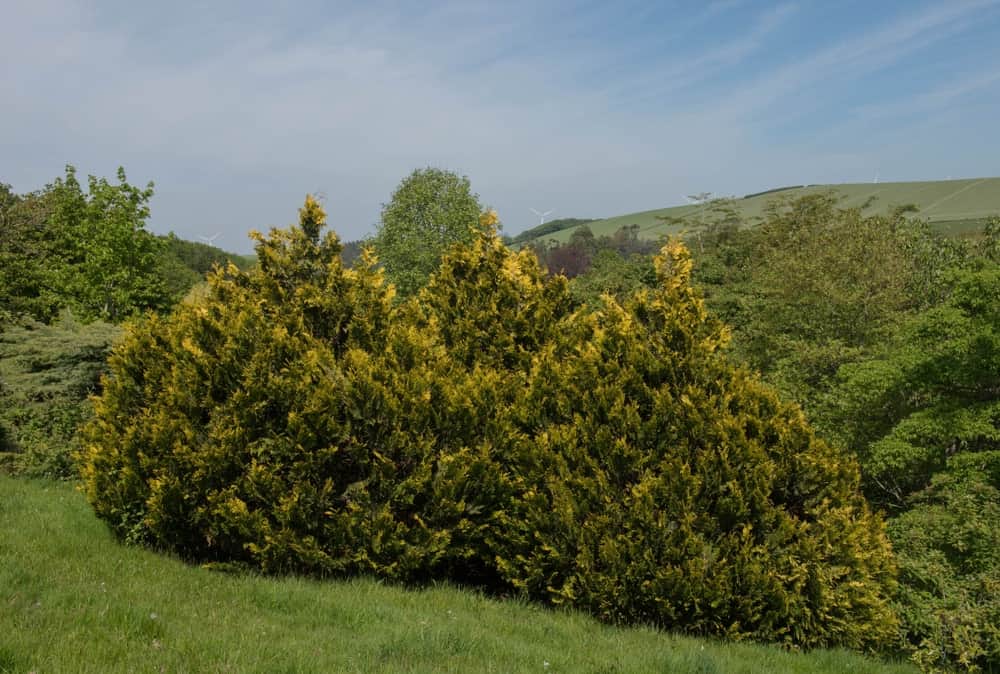
The western red cedar hails from southeastern Alaska and Mendocino County in California. This species mostly develops in forested swamps. However, it still tolerates winter water tables.
Uses of Arborvitae Trees
New Year’s Celebrations
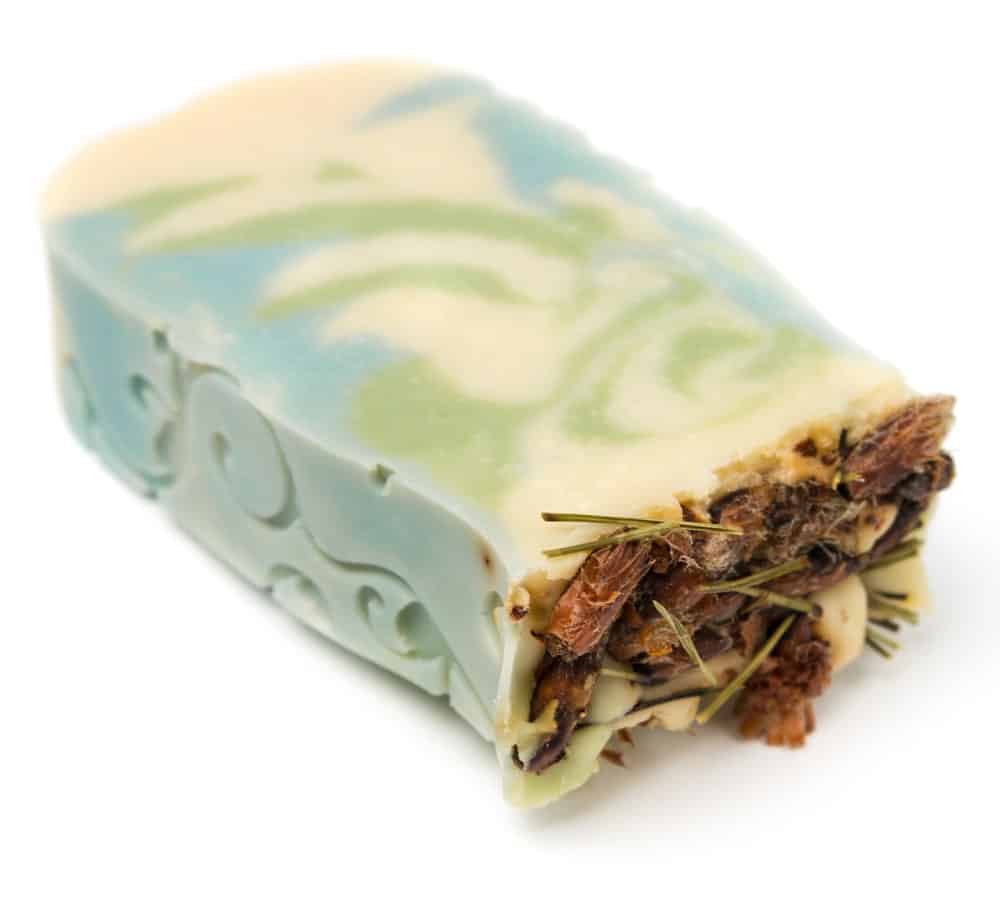
In China, people use arborvitae branches to bring good luck to their homes.
Arborvitae Essential Oils
The arborvitae trees contain healing properties. There are essential oils that extracted from them too. They make your body and mind relaxed. The essential oils can be incorporated into this stuff:
Cologne
Since the arborvitae tree has a spicy and woody smell, it can be made into chemical-free cologne.
Wood Preserver
Combine two drops of lemon oil and four drops of Arborvitae essential oil. Then, apply the mixture to the wood. It prolongs the life of your wood for sure.
Household Spray
Mix three drops of arborvitae essential oil with water. The mixture is such a natural freshening agent. It helps keep your home safe against seasonal threats.
Wood Polish
Homemade wood polish is amazing. It adds shine to your wood furniture, swings, and even floors. Moreover, it protects them from rotting.
Bug Repellant Spray
Arborvitae essential oil poses as an organic repellant too. It keeps the bugs and other insects away. You can use it indoors and outdoors.
Whether you are a newbie or professional gardener, do not hesitate to plant arborvitaes in your landscape. Their beauty and vitality are unbeatable. So, what types of arborvitae trees will you grow?
